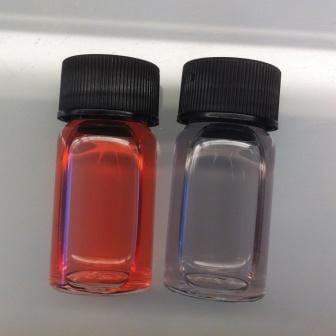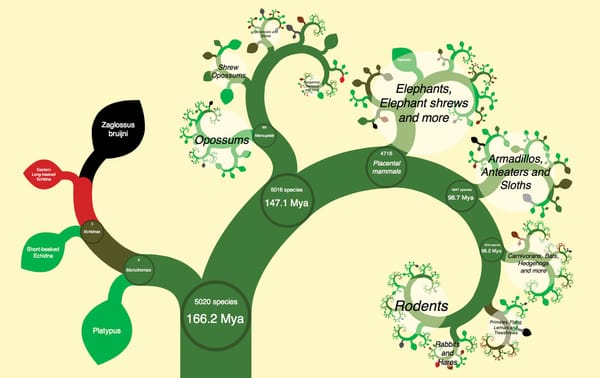Colour change test for HIV
A cheap and effective way of detecting HIV has been developed by Imperial academics

Biomedical engineers at Imperial College London have developed a cheap new method of detecting ultralow concentrations of HIV and some cancers, with the results visualised via a colour changing solution. This colour change is visible to the naked eye.
The test relies upon a solution that changes colour depending on whether or not the biomarker, an indicator of the disease, is present: red for negative, blue for positive. The solution is able to detect HIV biomarker p24 and prostate-specific antigen, a biomarker for prostate cancer, at ultralow concentrations of 1 × 10-18 g ml-1. This is far lower than the concentrations detectable via current gold standard tests.
The solution uses gold nanoparticles as a method of detection. If the biomarker is present the gold nanoparticles aggregate into irregular clumps, producing a blue tone, i.e. a positive result. If the biomarker isn’t present the nanoparticles form spherical, non-aggregated structures that produce a red tone, i.e. a negative result. The resulting colour change is visible to the naked eye and does not require further machine analysis. The actual test would use a disposable vial capable of analysing serum derived from the patient’s blood.
The potential impact upon HIV-ravaged nations cannot be understated. Current methods of HIV detection, especially at ultralow concentrations, are expensive and require sophisticated equipment. As a result many countries cannot afford to have a reliable testing system. The colour change solution test is predicted to be around ten times cheaper than current methods. Dr Roberto de la Rica, one of the principal researchers, said: “This test could be significantly cheaper to administer, which could pave the way for more widespread use of HIV testing in poorer parts of the world.”
The research team are now looking towards not-for-profit global health organizations for additional funding, alongside help to bring the test from the lab and into the nations that need it the most.









